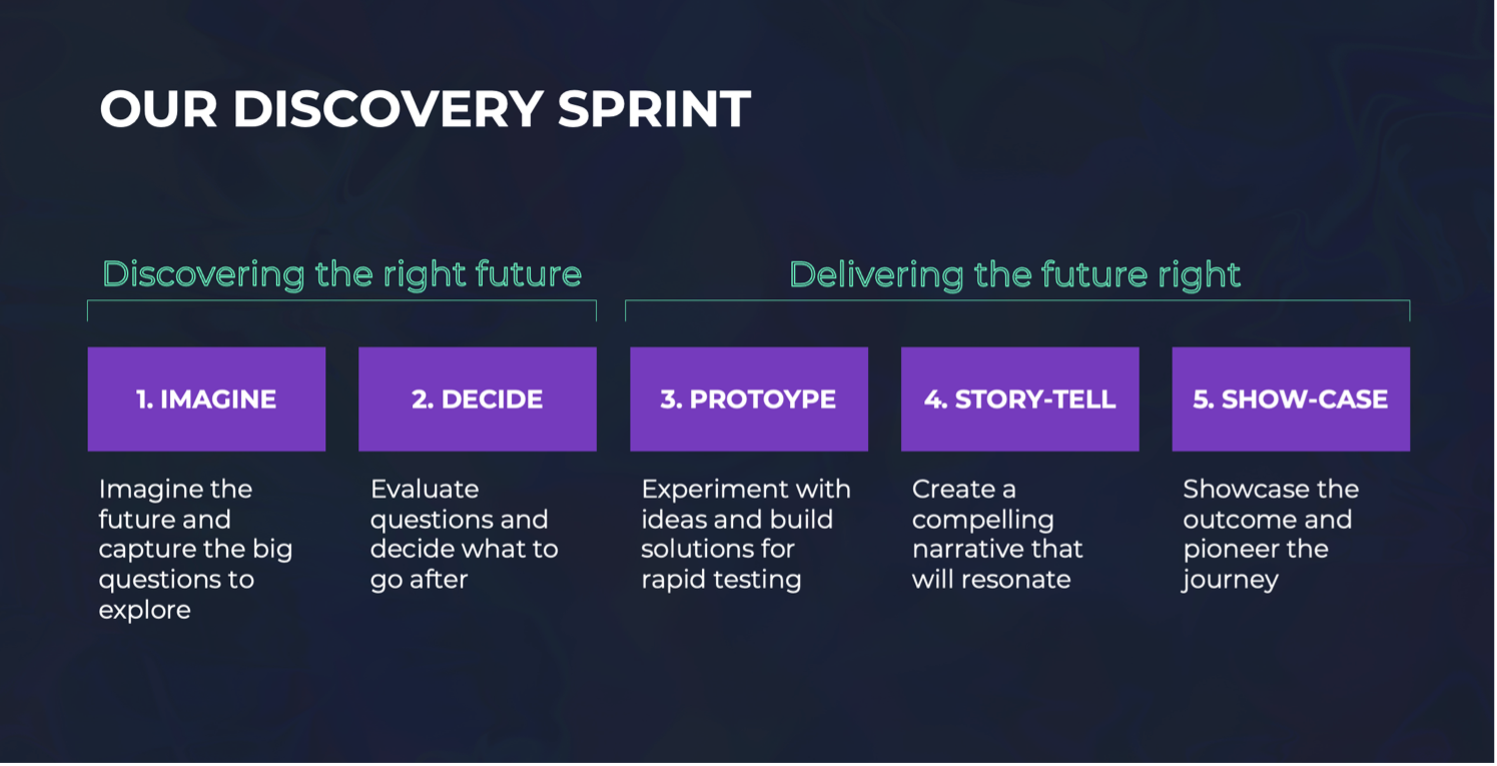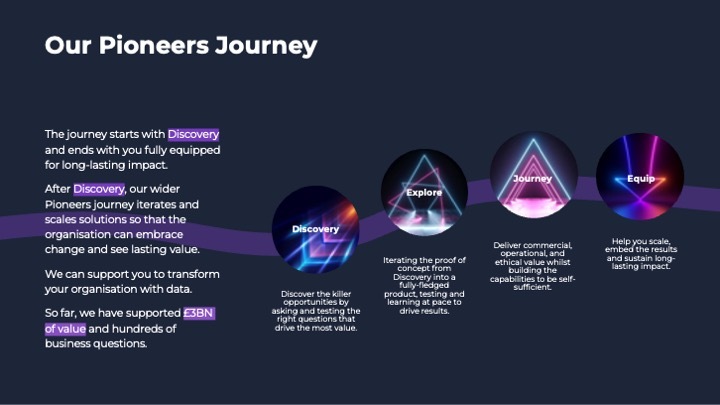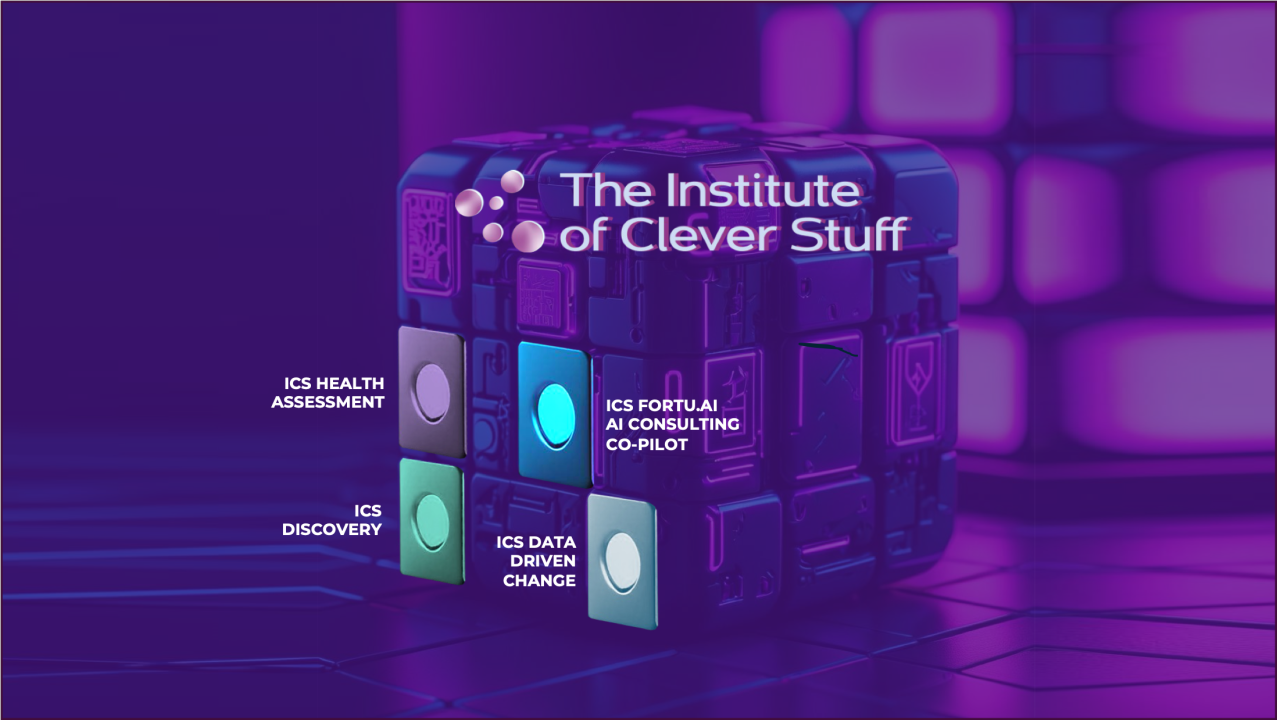Metrics that matter
When we talk to business leaders, we often hear passionate stories about their focus on making a difference and leaving a meaningful legacy while continuing to secure positive and sustainable growth.
However, when we ask about Key Performance Indicators (KPIs) all we typically see is sales, growth, market share, margin, staff satisfaction, customer service indices, innovation hours and recognition.
The right metrics have the potential to really engage a business around a shared view of the impact they want to have, yet all too often this isn’t the case.
Worse still, the measures all look at what we did, or how we are doing. They don’t usually show us how we can improve, where we are heading or what we can achieve.
The metrics we use would suggest we have made certain assumptions, such as:
- Output is based on number of days worked
- Personal growth is determined purely by how much more money you make this year vs last
- Employee happiness and well-being is only determined by how much you pay them
- Long-term business success is determined by sales and profit this year
We instinctively know these assumptions are limited at best, and harmful at worst. The choice of metrics can suggest a lack of imagination for the metrics that truly drive success, or inspire and engage teams.
So why don’t organisations make bold changes to get this right?
They don’t know where to start, or they are not bold enough to break away from the norms.
The result?
The same sorts of metrics with different names get wheeled out with a predictable reaction across the organisation.
This isn’t just about measuring for the sake of it. An understanding of how to grow and support your people, your impact on resources and finding regenerative approaches is essential for sustained long-term growth.
The metrics and KPIs of today are being left in the dark ages.
Imagine a world where you can show your passion, vision, strategy, and the changes you want to drive in the metrics you use and publish. Imagine a world where transparency, trust and confidence in business practices can be measured; and the impact on the world modelled and highlighted. Imagine if the simple blunt metric of profit was replaced with a more rounded… “making a difference” metric that considered commercial, operational and ethical value for us and the world around us.
Imagine publishing such metrics on your packaging and transparently sharing water resilience, environmental impact, carbon impact or employee well-being ahead of pure commercial and operational indicators.
Imagine these measures being truly integrated into decision making, alongside financials, to ensure a more comprehensive view of value is taken.
Thinking simply, but differently:
There are some steps that can to be taken to create metrics that have meaning and drive the results of tomorrow.
Following the steps below will move us away from the inauthenticity of short-term focus and not being held to account and help to identify metrics that promote action against real issues and opportunity areas stakeholders are crying out for.
KPIs should highlight two key things: measurable contribution from the area of focus and helping to identify meaningful action.

1. Not all metrics are created equal, or are even important
Start with a blank sheet of paper, and spend as long as you need thinking about a single metric you’d be happy and to share a year from now on TV, if you were talking about your organisation’s impact and success.
It needs to encompass what you’re most proud of and what the organisation has really achieved.
2. Recognition that every measure should have a true purpose of driving action
Some metrics drive negative actions, some positive, yet we do little to manage and measure these actions and results.
We need to imagine we’re Marty McFly or Doc Brown heading to the future and seeing our future selves. What actions would we want to have seen and what measures would we look at to test whether the organisation has been successful?
Think positive action orientated measures:
- What actions do we believe are most critical in achieving our single most important metric?
- What is our appetite for experimenting and risk, i.e. what is the desired success rate of our actions?
- What measures do we need to have in palace to know whether actions have been successful?
- What is the impact on commercial, operational and ethical value?
3. Demonstrate pioneering leadership
Tread a KPI path that others haven’t. We know when we have got it right, we also know when we could be bolder and braver.
The real KPIs of today that pioneering leadership need to embrace are those that:
- Drive and measure actions (number of actions taken)
- Improve effectiveness (conversion of action to results)
- Increase return (effort vs outcome of actions)
- Have positive impact (commercial, operational and ethical value)
- Are a force for good (making a difference not just to us but the world around us)
Every action should make a contribution and drive recognition and pride.
Start to explore measures that enable this, and test your existing measures against these ideas. Be bold and try ones that others haven’t even considered.

4. Reflect your story
Storytelling is an art and the language of leadership. Aristotle led the way in ethics and the art and language of leadership. Despite living c. 2300 years ago, his philosophy around storytelling, ethics and leadership apply more than ever. He taught that leaders need to tell great stories and these stories needed three assets:
- Logos: the logical argument
- Pathos: the emotional appeal
- Ethos: the good character, confidence and trust you have in the speaker
When considering your strategic narrative, it is important to factor in each. The same is true for our KPIs. How do we use our KPIs to tell the right story that is authentic, transparent and engages our customers, co-workers and the world around us?
These questions help us reflect on how well we are living up to ethos, pathos and logos:
- How well do we deliver what we promise to our co-workers, customers and communities?
- How well do our principles guide us?
- How well do our co-workers and customers trust our leadership and the messages they convey?
- How well do we understand the emotions of our co-workers and customers?
- How well do we understand well-being and mental health of our co-workers and customers?
- How well do we understand the range of emotions and triggers of behaviour?
- How much action do we need to take, and which actions work best?
- How effective are we at practical problem solving, driving new solutions, innovating, planning for the future?
- How confident are people in our strategy and future vision?
5. Awaken simplicity
There are only really three aspects that we need to test and drive action against:
- Making a difference
This is key in the fast-paced world today and yet few if any metrics measure this. At best, there are small pockets in sustainability and HR, but making a difference is about the cohesive whole. KPIs should be geared to this and measure the difference we make to the organisation and world around us. The customers of this afternoon, let alone tomorrow, are about to reign a mighty judgement on the organisations they buy from.
How much of a difference have we made today, this week, month, year?
- Driving positive meaningful growth
Growth on its own can be good but it can also be short-term. Positive meaningful growth is considered and assessed against the potential, market and customer profiles. It is an assessment of growth based on the percentage of customers served vs the total active potential and encouraged customers in the market.

- Driving pride in our story
No measure is meaningful if you and your teams are not proud of it, or able to tell a story with it. Co-creation is a powerful way to ensure engagement. Rather than top-down definition, spend time understanding the hopes and fears of your teams, and the impact they are most excited about.
6. Balancing Science and Art
Now this is where it gets really interesting.
We need to be imaginative to measure action, contribution, ideas and innovation. More importantly it needs a backstory to bring it all together and identify the critical 5 or 6 metrics that anchor the story and the outcome.
That requires art (judgement, storytelling, gut instinct, years of experience in your domains) balanced with science (strong analytics, mathematics, statistics and economics).
Analytics is critical in action identification and result tracking to show how metrics are driving performance.
The analytics and data science lens on this warrants a piece in its own right, but to cut to the chase, we typically do a set of sprints starting with the stakeholders, the user(s) and the customer(s). Defining their story, the respective needs, wants and desires from the organisation.
We don’t see metrics and KPIs just in pure absolutes, but in terms of three dimensions:
- Expectations – qualitatively assessing and measuring the expectation you, your co-workers, customers and communities have from you and in each of the metric areas
- Perceptions – qualitatively assessing how you currently live up to that
- Absolute – a score to assess quantitatively how you are performing in this area
This is a combination of user and stakeholder sessions to identify the right metrics, plus analytics and data science to pattern, predict, assess and measure the results from the metrics and actions derived.
So how do we go about this?
When you get this right, you’ll have a handful of KPIs that you’ve worked hard for. These will tell your story and measure what really matters to you, your organisation and makes a difference to the world at large.
The ICS can work with you to:
- Build your personal strategic narrative that reflects your ambitions and your journey ahead
- Define the outcomes, perceptions and expectations
- Refine into a key set of metrics for validation
- Innovate, test and learn with these metrics and identify the critical few that define you and your organisation
- Validate and scale these with your stakeholders, co-workers and customers
Ready to run at it? Introducing ICS’ Discovery Sprint
It all starts with considering your story, impact and the results you imagine a year and three years from now. This works starts with you as leaders, but we also work directly with your co-workers, customers and communities, and what making a difference means to you and them.
It’s no longer good enough to have good products and services. Co-workers, customers and communities are looking for more - they are looking for the right products and services, delivered in the right way, with considered impact and making a difference.
Not only does our discovery sprint find out how to solve the answers to critical problems using data science and digital solutions, but it considers the impact on the world around us and how answering the question makes a meaningful difference and the metrics you will need to know how you are getting on, and more importantly, how you can improve.
We tend to run a series of 10-day Discovery sprints with small but mixed groups, which we use to rapidly identify your strategic narrative, drivers and opportunities and to solve big challenges.

What comes after discovery

It’s about the story and the conversation
The story is as important as the metrics. The ICS has a unique approach within our sprints that drives a highly engaging and collaborative way of working, bringing art and science together. It’s called Conversational Analytics and it's fast paced, exciting and fun. This is how we get results fast from your data, drive insight and more importantly action.
Read more about Conversational Analytics here.
What are the metrics that matter for you?
We showcase the potential of using sprints to rapidly define and test metrics for your organisation.
We need to break down the traditional norms of metrics and define those that build for a better future and drive sustainable growth.
Metrics are a powerful way to engage the organisation and have everyone pulling towards a shared view of the future.
Are you clear on yours?




